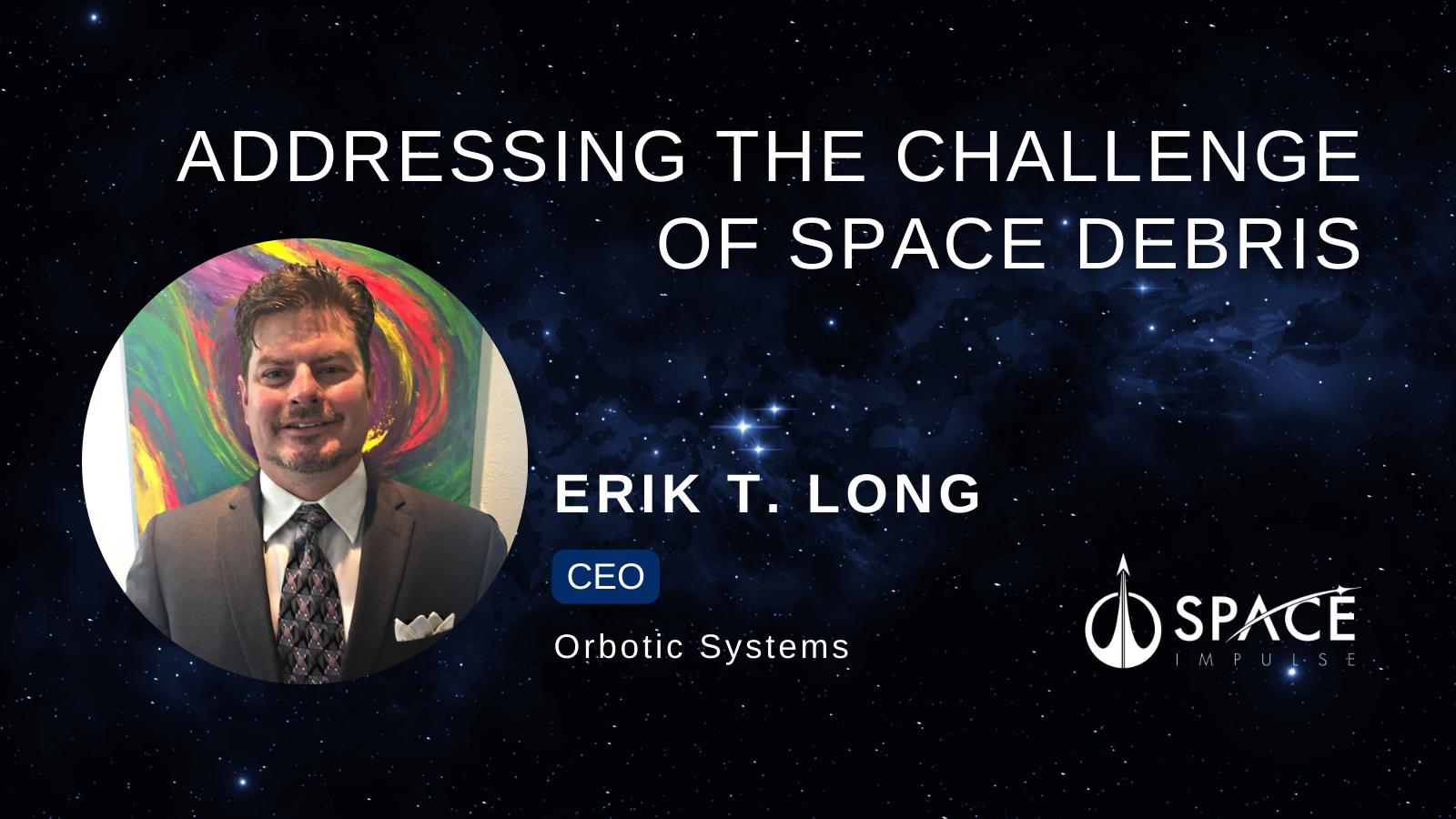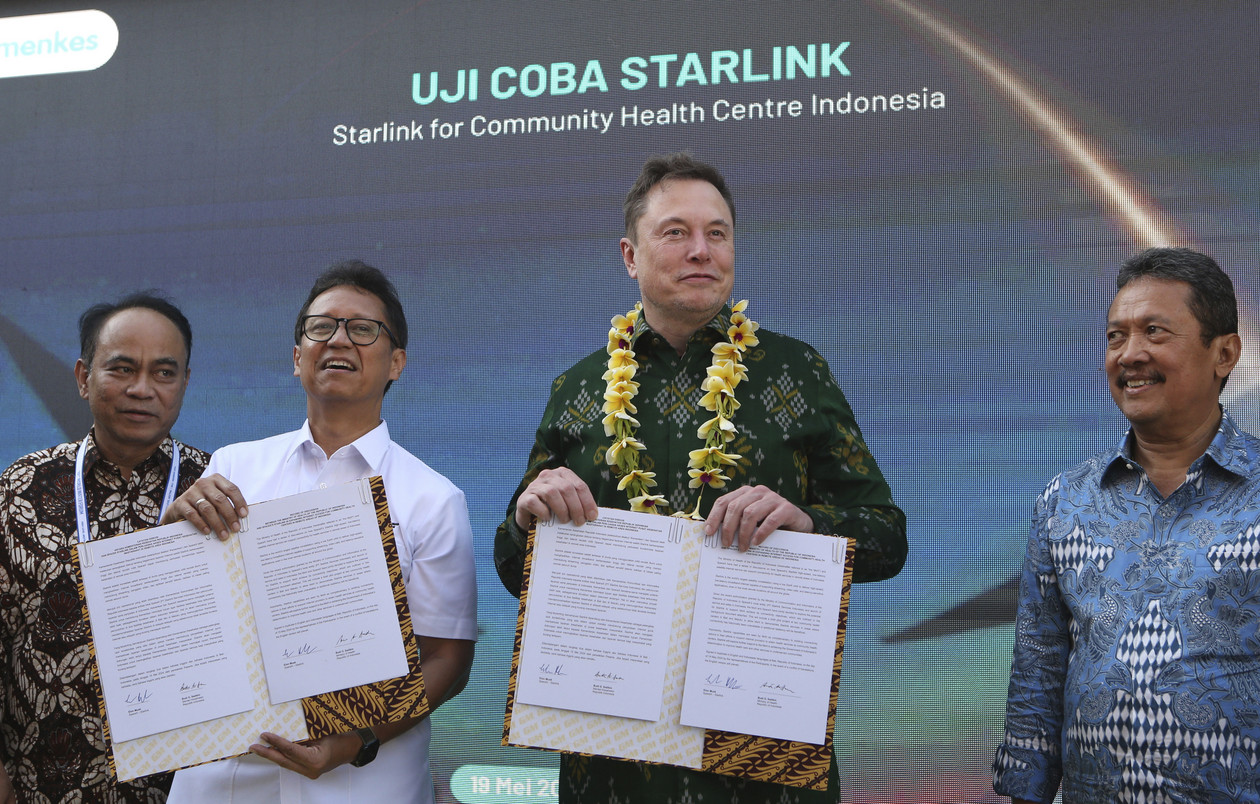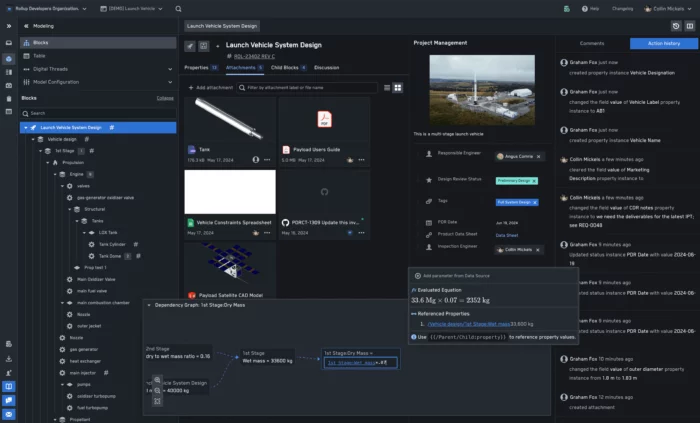After 60 years of space debris being generated by unsustainable space exploration practices, the industry is now grappling with how to address the growing threat to the space environment and work toward long-term sustainability of space operations. The rapidly growing amount of debris poses a huge risk to active satellites and human spaceflight, and with the increase in global space activity, the issue simply can’t be ignored any longer.
According to the European Space Agency (ESA), scientific models estimate there are currently 29,000 pieces of space debris objects in Earth orbit that are larger than 10cm and millions more that are smaller but can still cause significant damage to spacecraft. The debris comes in many forms, from abandoned spacecraft and spent rocket stages, to fragments from disintegrations, explosions, and collisions.
The rise of commercial space companies launching thousands of satellites has added to the problem. SpaceX alone has launched over 2,000 Starlink satellites, with plans for tens of thousands more. This proliferation of satellites, combined with the long-lived nature of debris, means the collision risk to operational spacecraft is growing every year.
We sat down with Erik T. Long, Co-Founder and CEO at Orbotic Systems, a leading satellite solutions company that aims to address the growing challenge of space debris. Erik gave his insights on the current industry outlook and initiatives for sustainability, along with what can and should be done about mitigating space debris moving forward.
Space Debris: The current problems and growing risks
Addressing the issue of space debris and ultimately, sustainability, is crucial for the continued growth of the space economy for several reasons. Of course, there is the more commonly discussed green perspective when it comes to cleaning up the current debris and implementing policies and innovations to mitigate future build-up for the long-term viability of space exploration, but there are also commercial and research-based motives.
Collisions with debris can be catastrophic for satellites, costing organisations millions in lost revenue, time, and replacement costs. There is a significant amount of time, energy, and money that goes into sending very valuable assets into orbit. So there is truly a vested interest from all stakeholders to mitigate the risk of having their assets destroyed.
What is being done to address the challenge of space debris
The FCC’s 5-Year-Rule
Until recently, regulations stipulated that satellites must be deorbited within 25 years – but many industry experts, including Erik Long, have noted that the mandate wasn’t often strictly enforced. New policies from the FCC have shrunk that timeline to just 5 years and now require proposed missions to have established plans for deorbiting spacecraft before they can even receive approval for launch.
“The FCC’s ‘5-year rule is going to be a big driver for responsible thinking in terms of missions and mission profiles,” says Erik. “Previously, sustainability and space debris weren’t at the forefront of mission planning. Many smallsats were launched into orbit essentially uncontrolled because adding a thruster to the spacecraft was too complex, too costly, and added too much weight and size. The new regulations are necessitating a change in the way people think about building their spacecraft, how they’re going into orbit, even the missions themselves.”
Creative Commercial Solutions
These new rules have led to a boom in the development of innovative technologies for active debris removal and on-orbit servicing. Orbotic Systems is leading the way with its groundbreaking deorbit drag device, D3.
D3 uses passive deorbiting technology to deorbit spacecraft without using fuel. The device deploys “booms,” long, tape measure-like components to add just enough drag to be able to alter the altitude and the orbit of the spacecraft. There are two main functions for D3. One is to bring the spacecraft down to demise in various atmospheres as quickly as possible. The other is to support space traffic management – D3 users can reel the booms in and out to modulate the drag, providing some level of control. If there is a conjunction between an object and the spacecraft, D3 can alter the drag profile of the spacecraft it is attached to avoid collision.
The device is not only a safe, simple, and cost-effective solution to meet FCC standards. It also enables companies and developers to take a more proactive and responsible approach to deorbiting and navigating their spacecraft.
Opportunities for Collaboration and Innovation
A silver lining of the complex, global space debris issue has been the resulting opportunity for creative, collaborative, and enterprising solutions. “There are so many problems to address when it comes to space debris and traffic management. While challenging, it also presents an opportunity for different companies and organisations to work together to solve them,” says Erik.
“We’re seeing a shift in the space tech industry from a more siloed ecosystem to one that values a more efficient and collaborative approach. Many companies, including Orbotic Systems, have had that moment of realisation – we don’t have unlimited funding, unlimited time, or unlimited expertise, but we do have a huge community of diverse entities that we can leverage and work with to meet our collective goals.”
Cross-sector Collaboration
It’s also worth noting that the benefits of collaboration in space tech extend beyond the commercial sector. On one hand, it has become clear that for the US government to maintain its competitive international standing and security in space, it will need to utilise private companies. The bureaucracy and red tape the government faces when working alone simply won’t cut it. On the other hand, reports have shown that venture capital funding in the space sector has been harder to come by. As a result, there has been a call for closer partnerships between the government and the venture capital community to better understand and meet commercial space tech needs on both sides.
The symbiotic relationship would apply the funding and institutional pull the government has access to along with the flexibility, agility, and innovation that private companies are known for to develop exhaustive solutions for the most complex challenges – like security and space debris.
Looking Ahead
Ultimately, addressing the growing amount of space debris will require forward-thinking strategies to deal with the current build-up and mitigate future debris.
As for Orbotic Systems, the team is working on scaling up the manufacturing of D3 to meet the growing demand while developing ways to expand their portfolio of space debris and traffic management solutions. This includes innovative technology to grasp onto spacecraft and debris already in orbit to either de-orbit the asset or stabilise it to be repaired or worked on in orbit.
Erik expressed optimism about where the space industry is headed in regards to sustainability and the long-term viability of space exploration but noted there is still a lot of work to be done. “My main advice for anyone planning missions is to take the regulations seriously and be proactive – design the mission with the new policies in mind so you’re not scrambling at the last minute to adjust and figure out your de-orbiting plans,” says Erik.
He also encourages those in the space tech industry to take advantage of this exciting era of innovation, “There’s a lot of companies and startups developing great, new technology and there’s an eagerness to work together to achieve our collective goals, including solving the problem of space debris.”
While space debris is currently a daunting task, the increasingly collaborative and forward-looking attitude in the space tech ecosystem along with innovative solutions like D3 are positioning the industry well to take it on.
Share this article:








